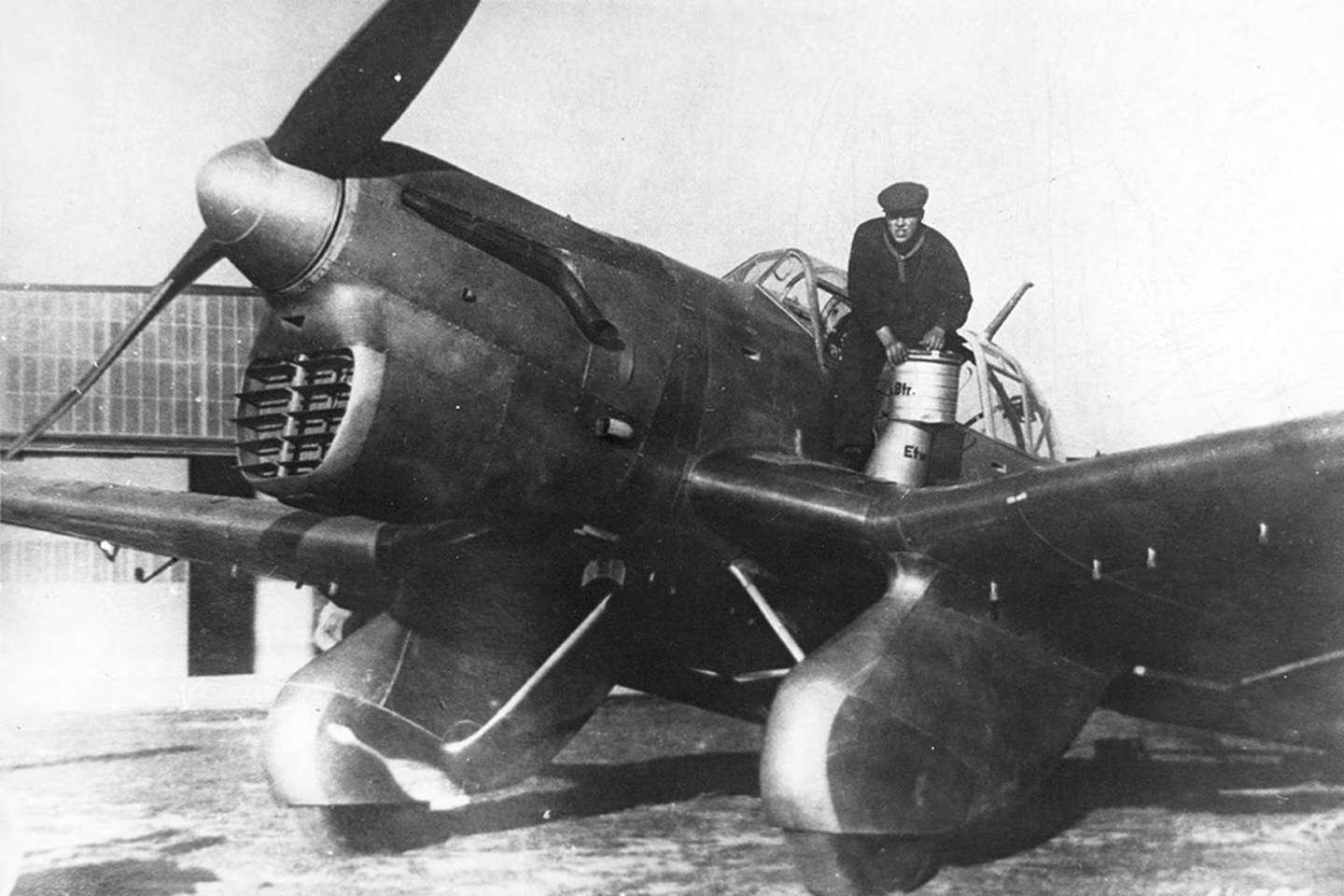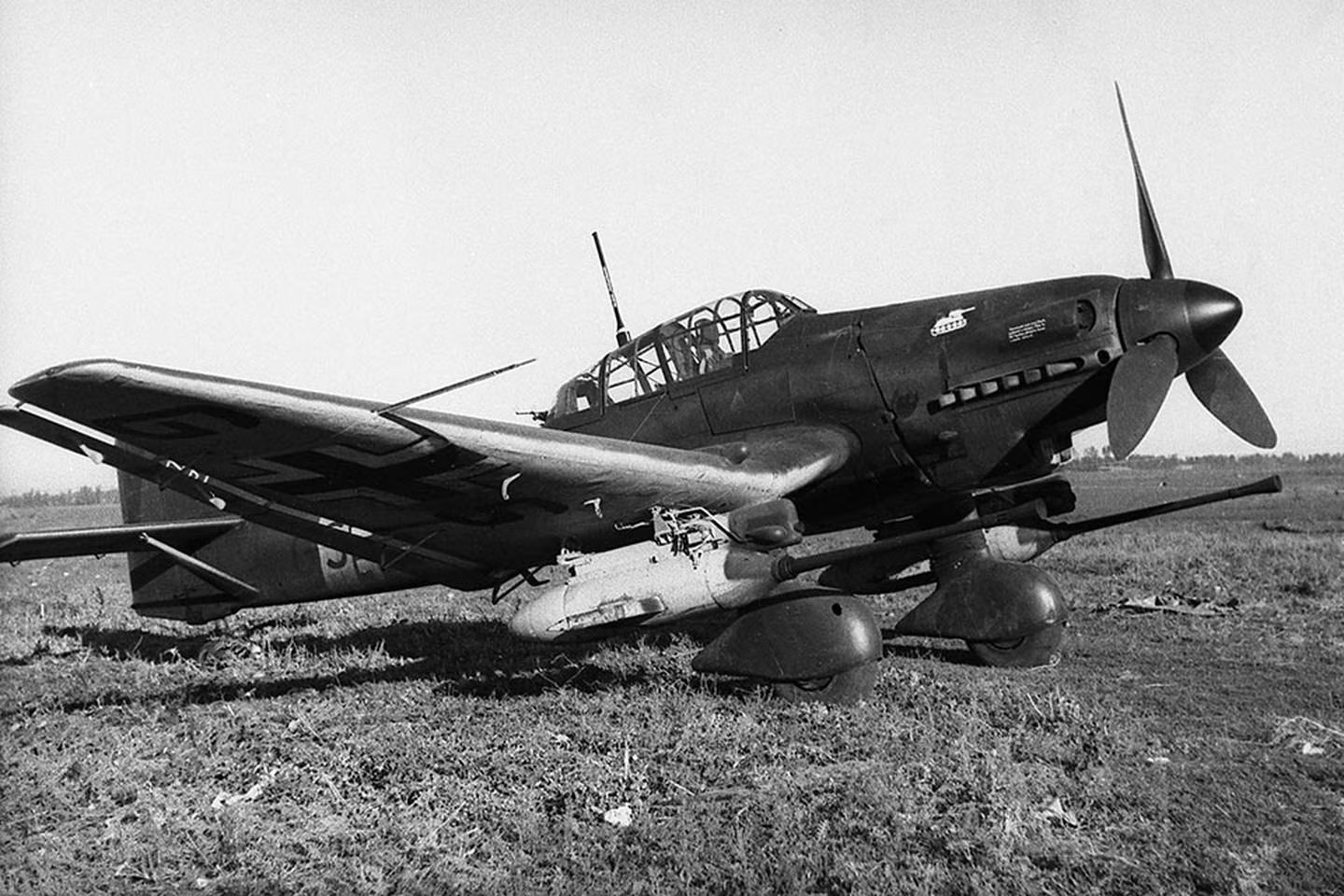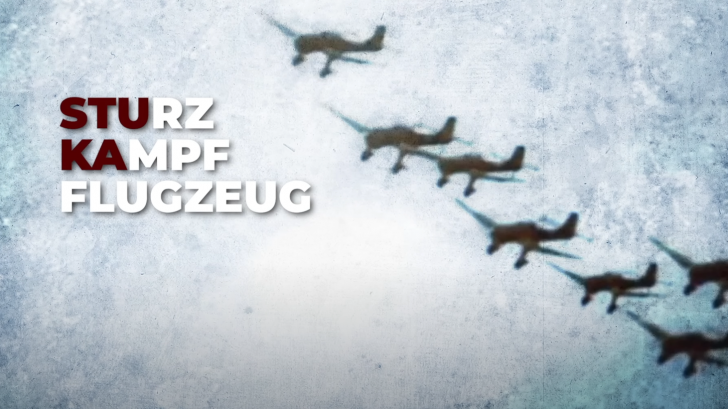The Junkers Ju-87, commonly known as the Stuka, was a German dive-bomber that gained notoriety during World War II for its distinctive design and terrifying precision in ground attacks. Here are ten things you should know about the Stuka:
1. A respected dive-bomber
The Ju-87’s most significant feature was its dive-bombing capability. The aircraft could reach a speed of up to 370 mph during a dive, allowing it to deliver its payload accurately and with devastating effect. The Ju-87’s dive-bombing capability played a critical role in the early victories of the German army in World War II.
2. Usage of air sirens
One of the most recognizable features of the Stuka was its infamous air siren, called the “Jericho Trumpet”. Fitted to the aircraft’s landing gear, the siren emitted a chilling wailing sound during a dive-bombing attack. This psychological warfare tactic aimed to demoralize enemy troops and civilians, creating panic and confusion.

3. Had a fixed undercarriage
The Ju-87 had a fixed undercarriage, which means the landing gear remained extended throughout the flight. This design facilitated easier takeoffs and landings on rough terrain, allowing the Stuka to operate from unprepared airstrips and even makeshift landing zones.
4. Made to last
The Stuka was renowned for its rugged construction. It featured a strong, all-metal airframe, which made it highly resilient during dive-bombing attacks. This durability enabled the aircraft to withstand significant structural stress during steep dives, providing the pilot with increased confidence and control.
5. Capable of taking down tanks
In addition to its dive-bombing capability, the Ju-87 was also effective in taking out tanks and other armored vehicles. It could carry anti-tank weapons such as the 37mm Bordkanone BK 3.7 cannon and 50mm Bordkanone BK 5 cannon, allowing it to engage armored targets with deadly accuracy.

6. Vulnerable due to low speeds
Although fearsome in ground attacks, the Ju-87 had notable weaknesses. Its slow speed and lack of maneuverability made it vulnerable to enemy fighters. As the war progressed and air superiority shifted, the Stuka became increasingly susceptible to attacks from more agile and faster aircraft.
7. Offered many variants
The Stuka had several variants, each with specific modifications for different mission requirements. Some notable versions include the Ju-87B, which featured an upgraded engine and increased bomb capacity, and the Ju-87G, designed exclusively for anti-tank operations with a 37mm cannon for tank-busting.
8. Its most distinct feature was its inverted gull wings
The Ju-87’s distinctive double-spar inverted gull-wing design provided a high degree of stability during dives, allowing for precise bombing runs. The design also gave the aircraft a recognizable silhouette, making it a feared sight for enemy troops.

9. Successful earlier on
The Stuka’s effectiveness was demonstrated during the early stages of World War II. In campaigns such as the Blitzkrieg in Poland and the invasion of France, the Stuka played a significant role in supporting ground forces, crippling enemy morale, and creating opportunities for rapid territorial gains.
10. Steep decline during the war
As the war progressed, the Stuka faced increasing challenges. Improvements in enemy air defenses, such as anti-aircraft artillery and fighter escorts, limited the Stuka’s effectiveness. Additionally, the aircraft’s relatively slow speed and lack of maneuverability made it an easy target for more agile Allied fighters, leading to significant losses and a decline in its operational role.



